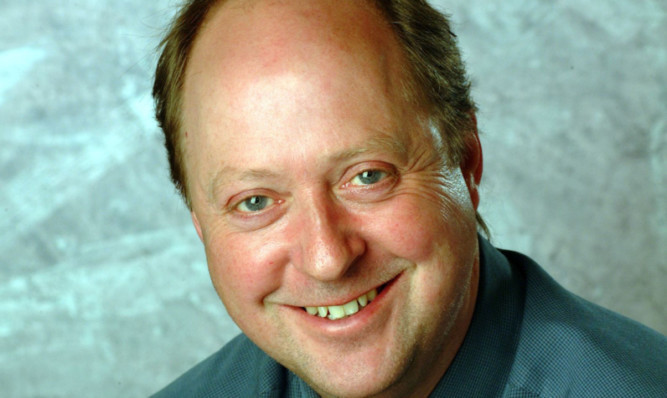Scotland’s suckler cow farmers are being encouraged to take a leaf out of the Irish farming book to secure a more prosperous future in the face of the reformed CAP.
In his latest blog to farming union members, NFU Scotland president Nigel Miller wants Scottish producers to adopt “a new mind-set and a new approach” in order to widen “thin margins” on many beef units, which he feels are vulnerable going forwards moving away from subsidies.
Mr Miller wants to see a more united approach from those involved in Scotland’s suckler herd, which he says “underpins a quarter of Scottish farming output” and remains a cornerstone of the rural economy.
He listed a wide range of national targets for farmers to aim at, such as tackling disease control, monitoring performance, the development of breeding strategies and the building of green credentials, as well as the promotion of eating quality standards for producers in this country.
To be successful in achieving these targets, he suggested Scotland should take “pointers” from across the Irish Sea.
Looking towards Ireland as “Europe’s biggest beef exporter”, Mr Miller said although the Irish may start with larger support packages under the next CAP and benefit from a longer grass-growing season, their current market returns are between 200 and 300 euros less per head compared to Scotland.
“The response in Ireland has been to tackle key issues together as a united industry,” Mr Miller pointed out.
“At the national herd level they are tackling disease control, monitoring cattle performance, developing breeding strategies and building the green credentials for Bord Bia’s ambitious marketing effort.
“Meanwhile, Scotland’s more individual approach has delivered success: beef genetics are still impressive, our health status is leading and the Scotch brand has real power.
“But beneath that success we are not set-up yet to take our industry to the next level.
“Ireland has put those foundations in place,” he said.
Mr Miller said the Irish industry will move forward thanks to video image analysis in Irish meat plants and a commitment to start working on eating quality on a national level.
On health, he said: “The energy of Animal Health Ireland has not just moved to eradicate BVD but has Johne’s, and IBR (infectious bovine rhinotracheitis) management in its sights.”
But a “big gear change” in Ireland will come from the performance-monitoring and genetics programmes.
“The performance of the Irish national herd is captured on a single platform. This allows the focus to be on all farms as opposed to only the top 20%.
“They collect official birth and identification, sire and dam information, farm performance data and scores, including calving ease and temperament, live market data and slaughter data, including weight class, yield and in some cases eating quality. Meanwhile, food chain information and some veterinary input add further value.”
The use of this type of database information can identify the systems and genetics that perform on at-farm level, and also in the meat plant.
He said a recent UK project into Limousin cattle genetics has already shown it is possible to add £200 of value through higher yields of high-value cuts.
According to Mr Miller, the national database should be utilised as a primary source of information, but the farming industry will need to go above and beyond this information to become “world leaders” and that is precisely what the Irish Cattle Breeders Association has done.
According to Mr Miller, by utilising the performance testing of selected progeny, with a standardised finishing system where a range of traits including feed intake are monitored, it is possible to get feed conversion efficiency data but also allow carcase evaluation of different genetics.
Controversially, some current breeding values such as growth rates must be questioned, he said, as this is often achieved by hefty feed regimes.
Much of the president’s information is based on a recent visit to the country, where he and Jim McLaren, Quality Meat Scotland chairman and author of the Beef 2020 report handed over to the Scottish Government last week, saw those major developments.
“The power of science is sometimes uncomfortable but it has the potential to add value to our cattle on farm, value in the processing plant and to eating quality,” said Mr Miller.
“Of course it is not magic stockmanship and visual selection will always be part of any progress but if we ignore these breeding tools we will not stay in the premier league of beef production.”
